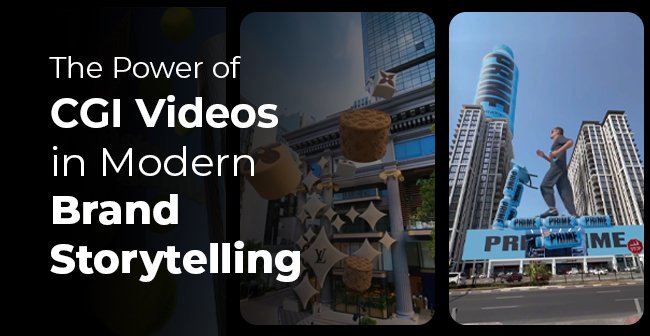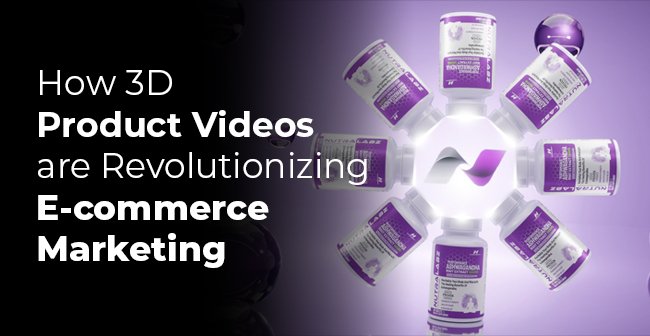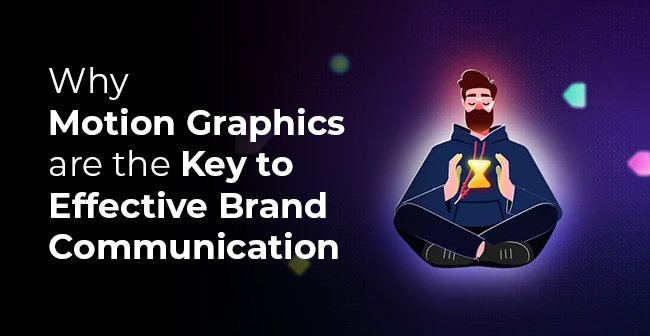In today’s fast-paced digital landscape, capturing consumer attention has become both an art and a science. With shrinking attention spans and saturated media channels, brands are constantly seeking new ways to stand out. One powerful tool leading this creative revolution is CGI (Computer-Generated Imagery). From product launches to brand narratives, CGI videos have transformed how companies connect with audiences, offering visual storytelling that’s not just engaging—but unforgettable.
What is CGI and Why Does it Matter?
CGI refers to the creation of still or animated visual content with computer software. While often associated with blockbuster films, CGI has found a new home in brand marketing, where it brings complex ideas and products to life with stunning realism.
Why it matters:
- Immersive experiences: CGI allows brands to create hyper-realistic visuals that wouldn’t be possible with traditional filming.
- Limitless creativity: Whether it’s showcasing a product that doesn’t yet exist or visualizing abstract concepts, CGI makes the impossible possible.
- Consistency and control: Unlike live shoots, CGI ensures total control over lighting, angles, and environments, allowing for a polished, consistent result.
How CGI Enhances Brand Storytelling
1. Visualizing the Invisible
Many products, especially in tech or science-based industries, involve complex systems or invisible mechanisms. CGI makes it possible to break down intricate processes into clear, engaging animations that customers can easily understand.
Example: A pharmaceutical brand can use CGI to show how a medication interacts at the cellular level—something no camera can capture.
2. Creating Emotional Impact
Storytelling is about connection. CGI enables marketers to build fantastical or hyper-real environments that evoke emotion, all while staying on brand. Whether you’re creating a futuristic cityscape or a serene nature scene, the goal is to make the audience feel something—and remember it.
3. Cost-Effective Over Time
While CGI can have a higher upfront cost, it often saves money in the long run by eliminating the need for location shoots, set construction, and logistics. Plus, once assets are created, they can be reused across platforms and campaigns, boosting content ROI.
4. Cross-Platform Versatility
From Instagram reels to TV commercials and immersive web experiences, CGI videos are native to digital. They’re easily adaptable to various formats and screen sizes, ensuring your message remains consistent and compelling no matter where it appears.
SEO and Digital Marketing Advantages
Modern search engines prioritize user engagement and dwell time—two metrics that visually rich, high-quality videos help improve. Here’s how CGI plays into your SEO strategy:
- Increased time-on-site: Dynamic visuals keep users on your page longer.
- Better social sharing: Eye-catching content is more likely to be shared, increasing backlinks and domain authority.
- Improved product understanding: CGI demos reduce bounce rates by helping users grasp your offering more quickly.
- Enhanced UX: When paired with interactive features, CGI videos can drive more engagement and conversions.
Real-World Success Stories
- Apple: Their sleek product videos often feature CGI-enhanced imagery to emphasize innovation and quality.
- Nike: Combines CGI with live-action to create energetic campaigns that align with their brand’s ethos.
- Automotive Brands: Companies like Tesla and BMW use CGI to visualize future models and highlight engineering features.
Getting Started: Should Your Brand Use CGI?
Ask yourself:
- Do you want to demonstrate a complex product or process?
- Is your brand looking to stand out with bold visuals?
- Do you want to create future-forward or imaginative content?
If the answer is yes, CGI might be your best storytelling asset.
Final Thoughts
The power of CGI in modern brand storytelling lies in its ability to captivate, clarify, and convert. As brands compete for limited attention in a crowded digital space, investing in high-quality CGI content isn’t just a creative choice—it’s a strategic one. When used effectively, it transforms passive viewers into engaged brand advocates, helping you tell your story in the most powerful way possible.


